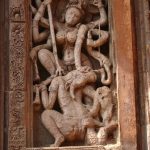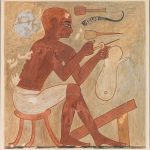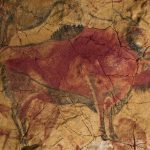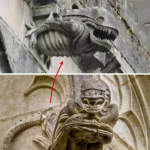The Ankh: An Ancient Egyptian Icon of Eternal Life and Rebirth

The ankh is one of the most well-known symbols in Ancient Egypt, embodying profound cultural and spiritual significance. This emblem, often referred to as the “key of life” or the “cross of life,” is intricately linked to the concepts of eternal life and resurrection. Its iconic shape, resembling a cross with a loop at the top, has made it one of the most recognizable symbols from the ancient world.
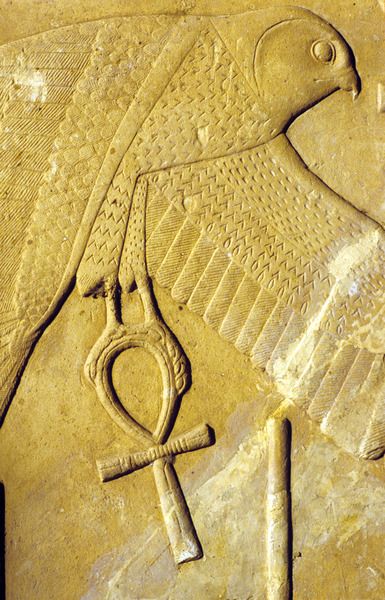
In ancient Egyptian mythology and iconography, the ankh was ubiquitously depicted in the hands of gods and goddesses. These deities were often shown holding the ankh to symbolize their power to bestow life and immortality. For instance, images frequently depict the gods Anubis, Isis, and Osiris carrying the ankh, reinforcing their roles as protectors and granters of life. The presence of the ankh in their hands signifies their divine ability to sustain and renew life, highlighting its importance as a symbol of divine blessing and eternal existence.
The symbolism of the ankh extends beyond mere representation; it played an integral role in religious and funerary practices. In many depictions, gods and goddesses are shown extending the ankh to the lips of deceased individuals. This gesture, known as the “breath of life,” was believed to endow the deceased with new life in the afterworld. By placing the ankh near the mouth, it was thought that the gods would grant the soul of the deceased the breath of eternal life, ensuring their rebirth and continuation in the next realm. This act underscores the belief in life after death, a cornerstone of ancient Egyptian spirituality.
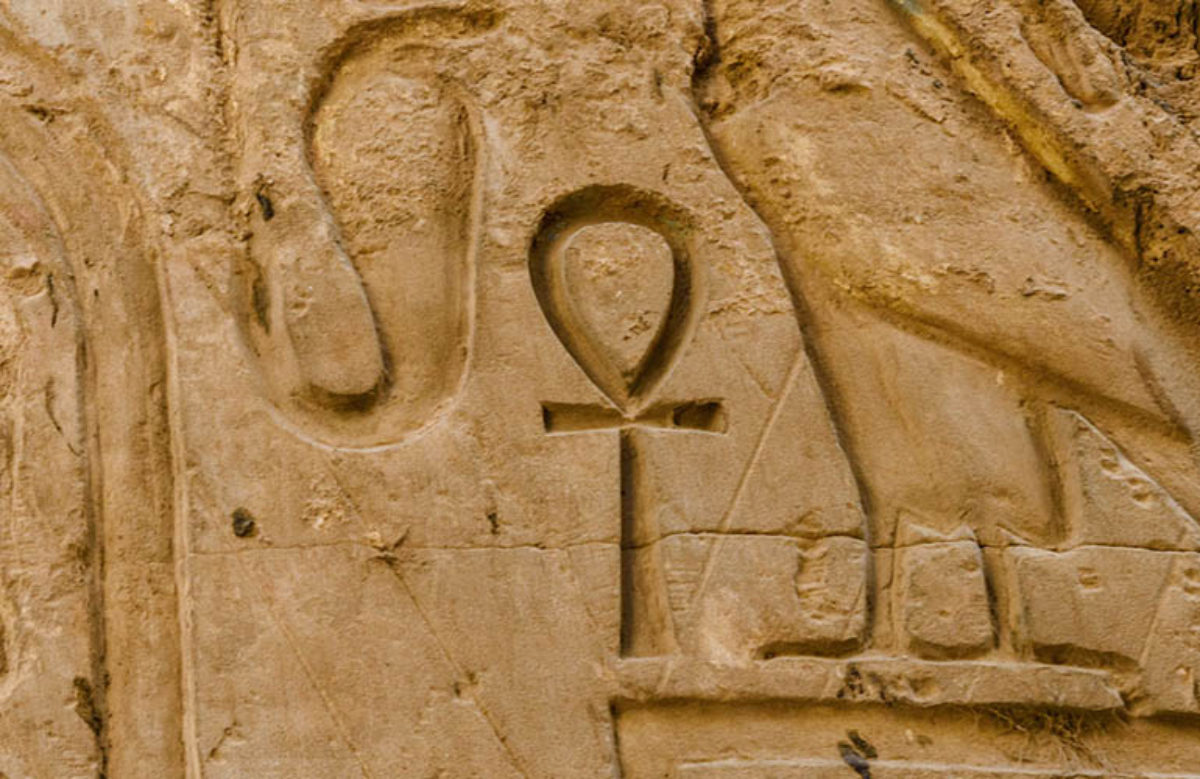
Moreover, the ankh was not limited to depictions in tombs and temples but was also a common motif in jewelry and amulets. Egyptians wore these amulets for protection and as a constant reminder of their faith in eternal life. The pervasive use of the ankh in various forms underscores its role as a daily reminder of the Egyptians’ religious beliefs and their hope for immortality.
In conclusion, the ankh stands as a powerful symbol of eternal life and rebirth in Ancient Egyptian culture. Its depiction in the hands of deities and its use in funerary rites highlight its significance in expressing the divine power to grant life. The ritual of placing the ankh near the mouth of the deceased symbolizes the granting of new life in the afterworld, a core tenet of Egyptian belief in the afterlife. As such, the ankh remains a timeless emblem of the ancient Egyptians’ quest for immortality and their enduring hope for a life beyond death.
